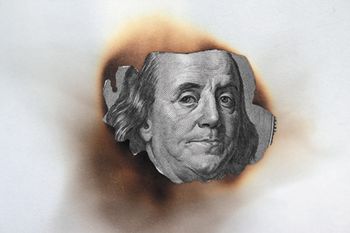
Case 3
After discussion with the owner, you schedule Harley for a parathyroidectomy. You localize and remove the enlarged gland, and treat Harley postoperatively for hypocalcemia. He does well and is discharged after a few days. Once home, the owner reports that Harley is back to his old self and is happy with the outcome-you're a rock star!
Because you know there is a risk of recurrence of hyperparathyroidism (about 10%), you plan to recheck Harley two to three times a year...just in case.
REFERENCES
1. Sharp CR, Kerl ME, Mann FA. A comparison of total calcium, corrected calcium, and ionized calcium concentrations as indicators of calcium homeostasis among hypoalbuminemic dogs requiring intensive care. J Vet Emerg Crit Care (San Antonio) 2009;19(6):571-578.
2. Schenck PA, Chew DJ. Prediction of serum ionized calcium concentration by use of serum total calcium concentration in dogs. Am J Vet Res 2005;66(8):1330-1336.
3. Ettinger SJ, Feldman EC. Textbook of veterinary internal medicine. 7th ed. Philadelphia, Pa: Saunders, 2010.
4. Feldman EC, Hoar B, Pollard R, et al. Pretreatment clinical and laboratory findings in dogs with primary hyperparathyroidism: 210 cases (1987-2004). J Am Vet Med Assoc 2005;227(5):756-761.
5. Rasor L, Pollard R, Feldman EC. Retrospective evaluation of three treatment methods for primary hyperparathyroidism in dogs. J Am Anim Hosp Assoc 2007;43(2):70-77.
<<
Newsletter
From exam room tips to practice management insights, get trusted veterinary news delivered straight to your inbox—subscribe to dvm360.



